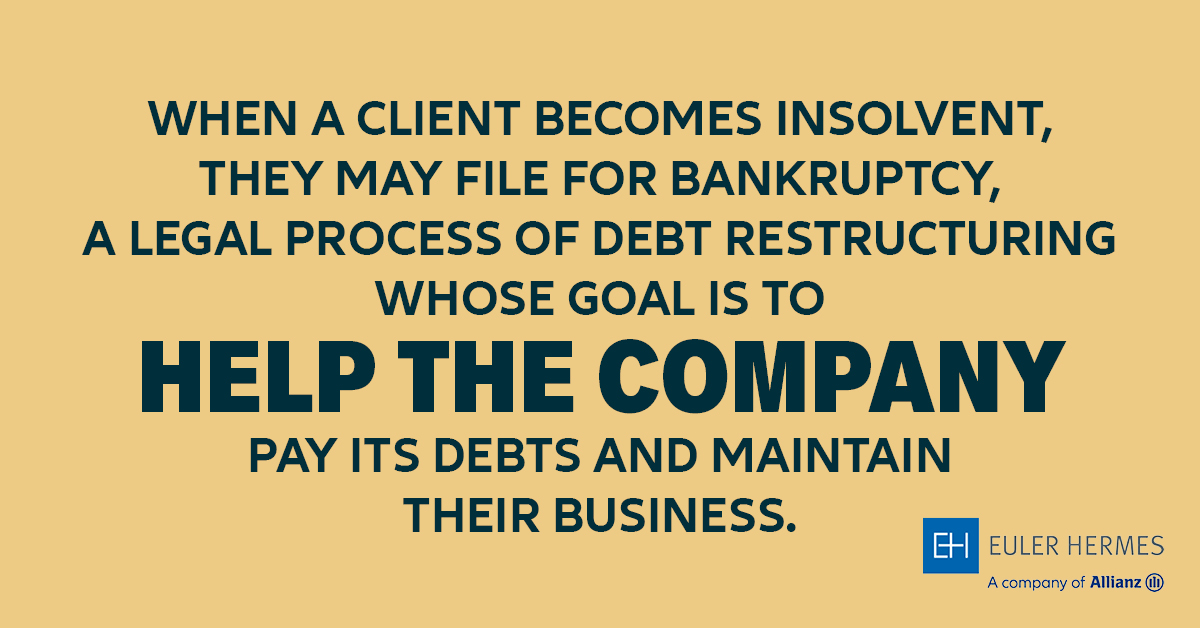Now that you fully grasp the definition of credit risk, let’s have a look at cases that are more difficult to anticipate as part of your credit risk analysis.
For example, you have granted a trade credit to a client who uses accounting dissimulation to hide key elements of their commercial or financial situation. Their accounts have been doctored and do not reflect their ability to pay when payment is due.
Naturally, this is often the work of the management or executive team, the only persons in a position to cook the books.
Accounting manipulation can go as far as bankruptcy fraud: it allows managers to structure the liquidation of the company through fraudulent operations (concealment of assets, a fictitious or ruinous increase in liabilities...). Sometimes, legal bankruptcy can be “strategic”.
The aim is to reduce the company's debt or get out of existing contracts, for example with suppliers not yet paid.
Fraud is also sometimes perpetrated by third parties, like in the case of “fake supplier” fraud: a hacker takes advantage of the payment period granted to your client within the framework of a trade credit to steal your identity and substitute their own bank details for yours.
Other times, the transaction itself is hacked, often when the payment method is not secure. Increasingly sophisticated cyberfraud technologies are making this kind of scam more frequent and more difficult to prevent (Learn more about business fraud protection).










-(1).jpeg)





